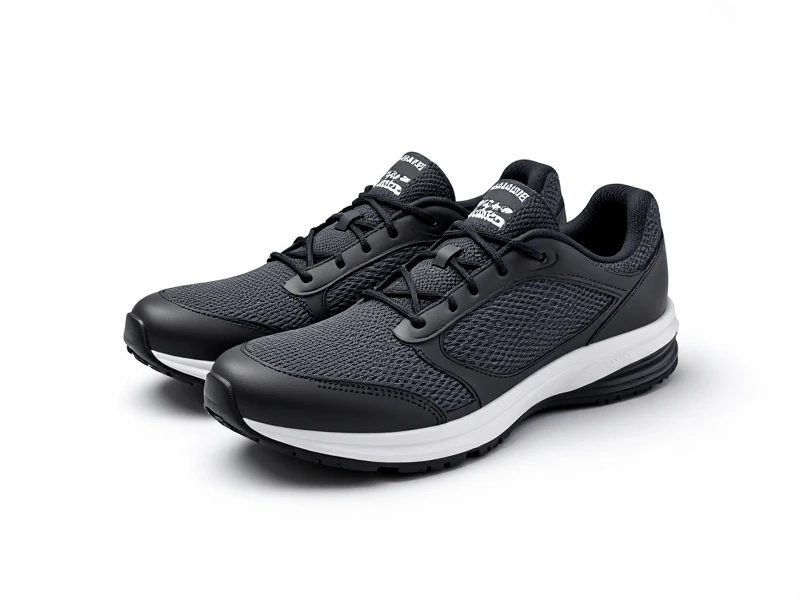
The Ultimate Guide to Finding Your Perfect Training Shoes
Stepping into the gym, onto the field for conditioning, or setting up your home workout space? Don't underestimate the power of the right footwear. The foundation of any effective, safe, and comfortable training session lies in a quality pair of training shoes. Unlike running shoes designed for forward motion or basketball shoes built for court dominance, cross-training shoes are engineered for versatility – the ultimate jack-of-all-trades for your active life.
So, what sets training footwear apart? It comes down to support and adaptability. Think lateral cuts during agility drills, explosive jumps in plyometrics, stability demands during weightlifting, and steady-state cardio. Your cross trainer shoes provide a balanced platform specifically crafted to handle these diverse movements without compromising performance or, crucially, your safety. Neglecting to wear the correct training gym shoes significantly increases the risk of slips, strains, and impact-related injuries.
Key Features to Look for in Training Shoes:
- Multi-Directional Support: This is paramount. Stable training shoes feature a wider base and reinforced sidewalls (often called a "lateral outrigger") to support your foot during side-to-side movements, protecting your ankles from rolling. They keep you grounded and stable training shoes build confidence during complex exercises.
- Responsive, Multi-Surface Cushioning: Expect moderate cushioning – enough to absorb shock from jumps and landings, but not so pillowy soft that it compromises stability for lifts. Look for responsive foam midsoles (like EVA varieties) that offer energy return without making you feel unstable.
- Enhanced Stability & a Flatter Heel: Compared to running shoes, training fitness shoes typically have a minimal heel-to-toe drop (often 4-8mm). This flatter profile promotes a more natural foot position during lifts, improves balance during squats and deadlifts, and creates an even platform.
- Durable, Flexible Outsole: The tread pattern on training shoes is crucial. You need a non-marking rubber outsole with strategically placed, versatile traction patterns. Aggressive lugs on the edges aid side-to-side moves, while smoother sections under the mid/forefoot allow for rotational flexibility on turf or courts, delivering reliable training shoe traction everywhere you train.
- Breathable & Supportive Upper: Expect a combination of lightweight mesh for ventilation to keep your feet cool during intense sessions, plus synthetic overlays or strategic webbing for secure lockdown and midfoot support. A comfortable but snug fit prevents movement within the shoe.
Why They're Worth the Investment:
- Versatility: Ditch the multiple pairs. One excellent pair of training sneakers replaces specialty footwear for most gym activities and conditioning work.
- Injury Prevention: Targeted support significantly reduces the risk of common workout injuries.
- Enhanced Performance: Stable, responsive training shoes empower you to push harder, lift heavier, move faster, and recover better.
- Durability: Built to withstand the rigors of varied workouts, they are generally more durable for the gym floor than running-specific kicks.
Don't compromise your workout. Choosing genuinely versatile training shoes tailored to your foot type and activities is an investment in your performance, safety, and gym longevity. Test a few pairs and find the ones that make your every move feel supported and powerful. Tell us what features are non-negotiable in your ideal training shoes below!